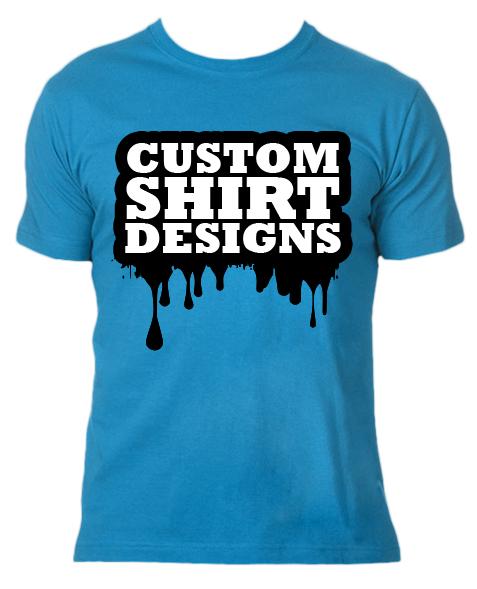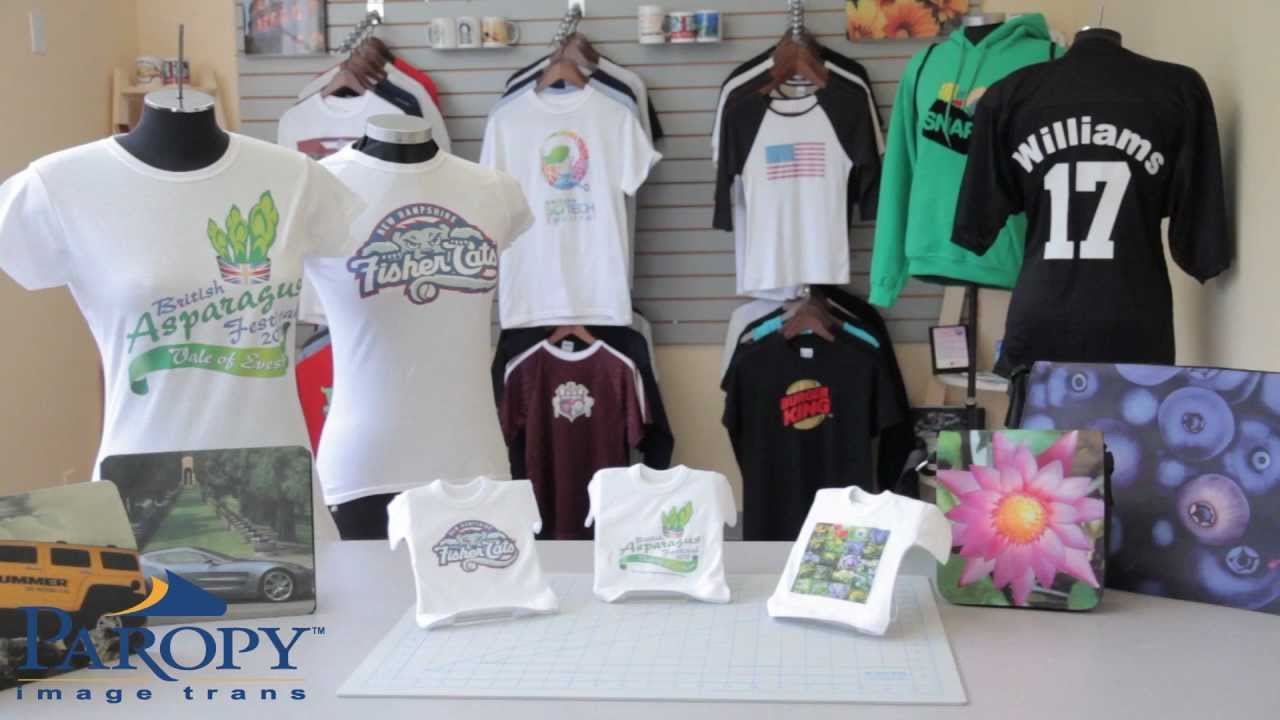Rastafari and Reggae Styles in T-Shirt Printing
T-shirt printing firms frequently feature emblematic prints on t-shirts. These symbols include political and societal images which might have significance to some minority group or might signify a counterculture movement, like the Rastafari Movement.
Based on Wikipedia, many Rastas don't consider their motion as a "faith," but a "Way of Life." It's monotheistic, worshiping only one God, which they predict Jah. But, this God Isn't a vague Almighty Being at the skies, but incarnated as Haile Selassie I, the final Emperor of Ethiopia.
Its members encourage the religious use of cannabis, or marijuana. Additionally, it has a tri-color flag-red, green and yellow-with a lion's shape published in the middle.

The strong association of Rastafari with reggae is partly due to Bob Marley's prestige and his membership from the motion. Bob Marley is among the hottest Rastas from the Earth, and his fame has helped spread the effect of the Rastafari Movement from the world.
Bob Marley's signature image-his broad grin and his dreadlocks-is among the most well-known layouts in t-shirt printing. His face was published in various variations, either as a pen sketch t shirt printing or as a picture. The prints reveal Bob Marley in various poses, whilst singing onstage or together with his head thrown back into carefree laughter.
Bob Marley heavily featured Rastafarian chants in his tune. Apart from Marley, other reggae musicians also used music to propagate the teachings of Rastafari. Musicians like Peter Tosh and Bunny Wailer have incorporated Rastafarian philosophy in their tunes.

The Rastafari colours are green, gold and red, the exact colors found in its own flag. In the middle of this flag that the shape of a roaring lion stands proud while the horizontal stripes of those 3 colours are in the backdrop.
From time to time, the 3 colours serve as desktop to or have Check over here been superimposed at the top of Bob Marley's picture. At a sketch of Marley's face, the exact same few colours were blended with the black lines.
Red signifies that the blood of Dark Jamaican martyrs, green symbolizes the lushness of their Ethiopian or Jamaican countryside, and golden represents the prosperity of Africa.